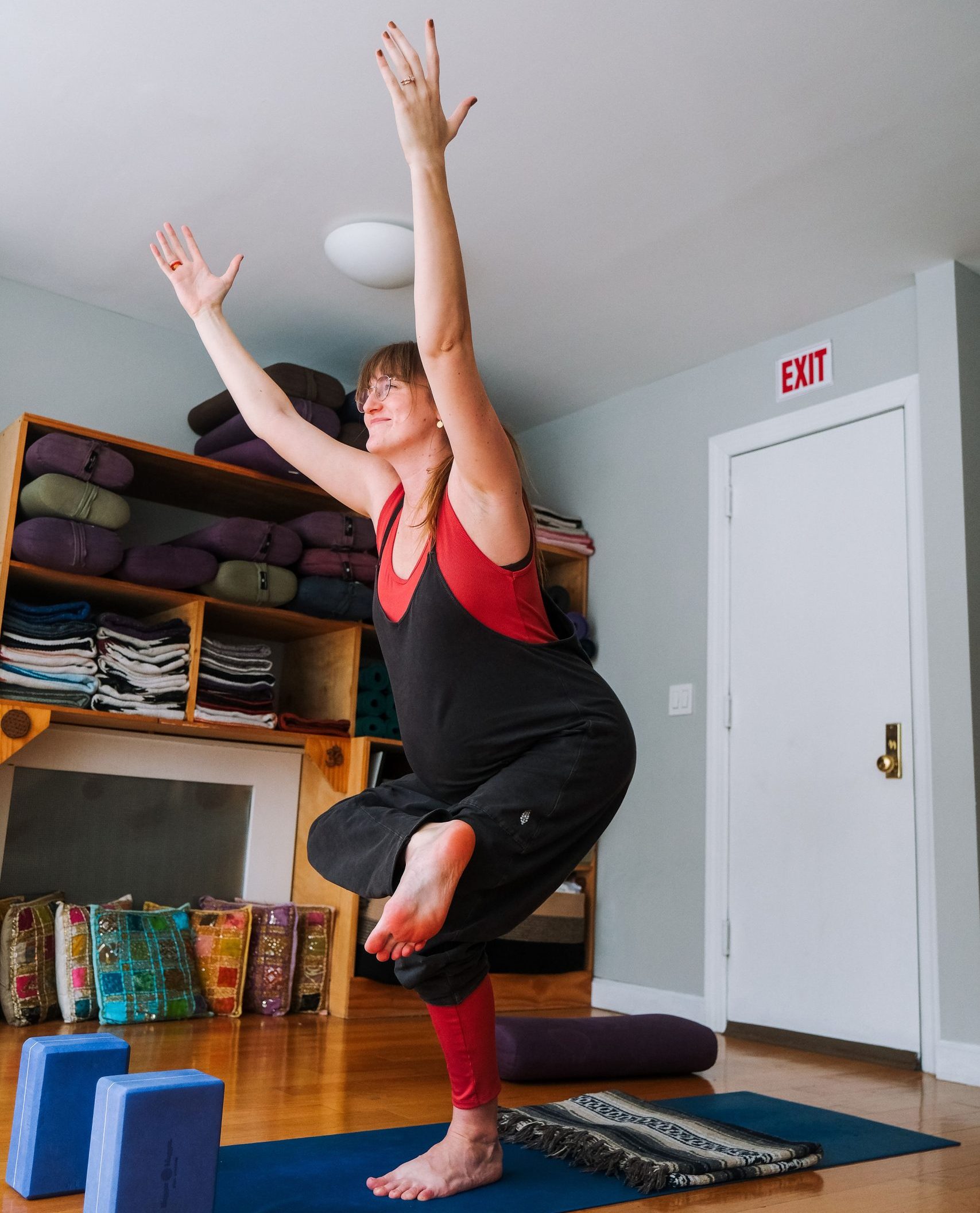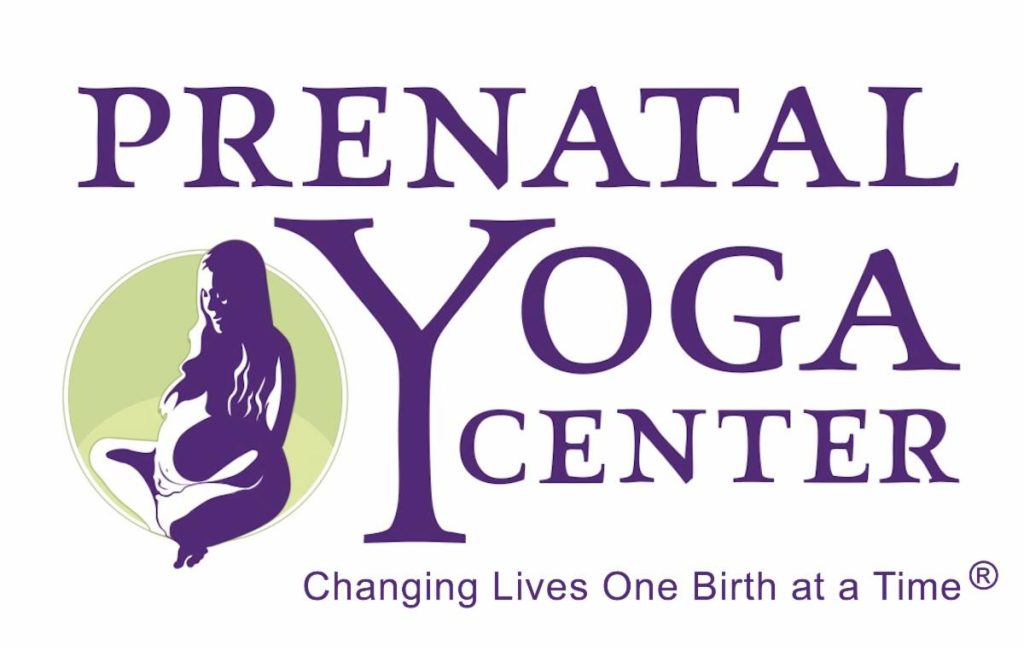The pelvis is greatly affected during pregnancy, and it is not uncommon for the expectant mom to experience aches and pains in this area. Many times women just accept these pains as annoyances that will go away after the baby is born, which is most likely true, but there are some things that can be done during pregnancy to deal with these discomforts.
I just received my latest copy of Midwifery Today (yes, it does happen to brighten my day when I fish it out of my mailbox!). This monthÂs issue features a short article about SPD (symphysis pubis disorder) and some wonderful suggestion about dealing with it. HereÂs a quick anatomy lesson: the pubic bone is not actually a single bone. It is the point at which the two halves of the pelvis join in the front via a piece of cartilage. This cartilaginous joint is the pubic symphysis. During pregnancy, because of the presence of relaxin in the body, all joints become more flexible, including this one. Sometimes the bony portion of the pubis (left or right pubic tubercle) separates slightly from the cartilaginous joint causing pain. Pain can range from slight, which indicates just minor overstretching of the joint, to extreme, due to full-on separation (diastasis) on one or both sides of the joint.
In your prenatal yoga practice, we would suggest avoiding deep pelvic opening poses that will be likely to exasperate the situation. We also encourage students to take shorter, wider stances in standing poses and to be gentler with their hip-opening poses. The article I mentioned above also suggests options that can be explored outside the yoga room, and especially during labor.
Author Barbara E Herrera, LM, CPM makes this suggestion: “I have found tight binding very helpful during pregnancy and labor. Use a long wrap or rebozo (and if you are large woman, tie two or three together) and have someone help you tie the wrap tightly around your hips. In labor, you might need two people to do the work. Wrap the cloth as if you are going to make a knot, having each person pull an end after that first step. Once the cloth is very tight around your hips, have them tie a knot. After this is in place, you will feel less pain and be able to try different positions. Standing, holding onto the squatting bar, allows you to do a supported squat without spreading your legs far.”
A very common birthing position is lying supine, drawing the knees to the armpit area. This is a huge pelvis opener, which is useful for making more space, and is among the easiest positions for a doctor or midwife to get a good view of what is going on. However, this may not be the idea position for a mother who is suffering from SPD. In fact, lying supine can cause more pain through the healing process. The mother may not notice the pain during labor since many other things are going on, but she is likely to feel the pubic pain afterwards if the pubis has spread even further. Other options for birthing positions include: coming onto an all-4 position, standing, kneeling, gentle squatting or side lying. It would be best to avoid any position or situation where someone is likely to pull the legs far back.
After the baby is out, the mother still has relaxin, the hormone responsible for softening the tendons and ligaments, in the body for up to six months. So it is not uncommon for the new mother to continue to feel pubic pain. Herrera suggests continuing to bind the hips until the new mother feels the pain subside and more stability in the pelvis. In postnatal yoga, we specifically address this common discomfort and work on poses that help create stability in the pelvis. Luckily, over time this issue usually corrects itself.






